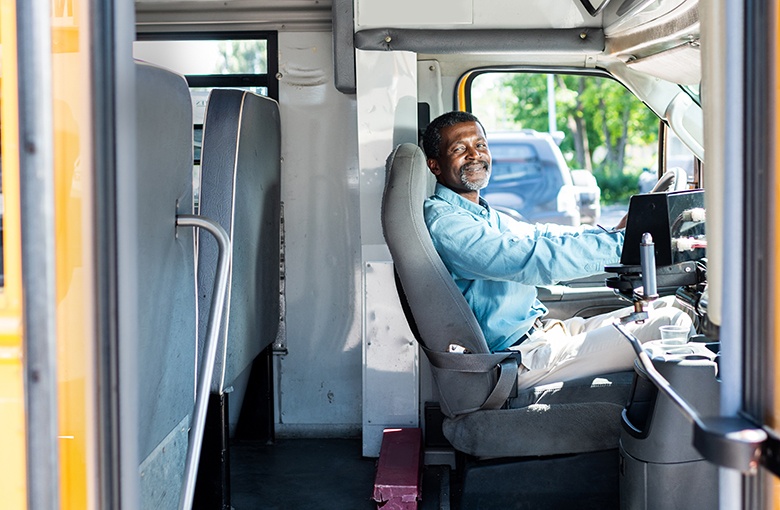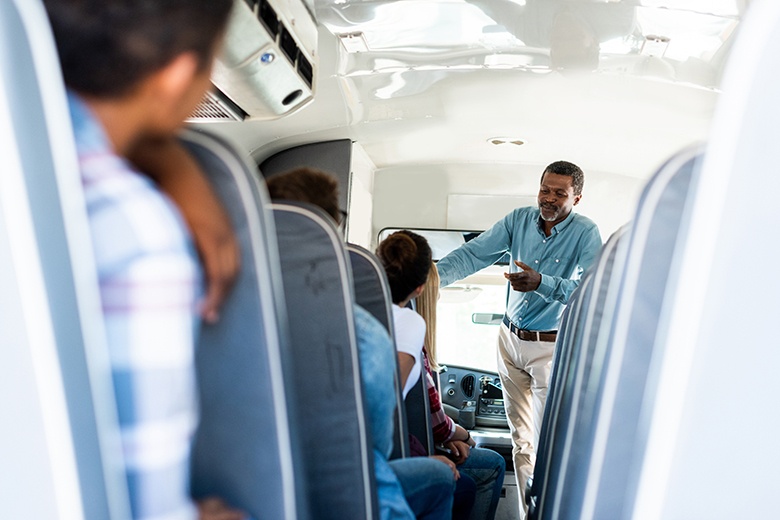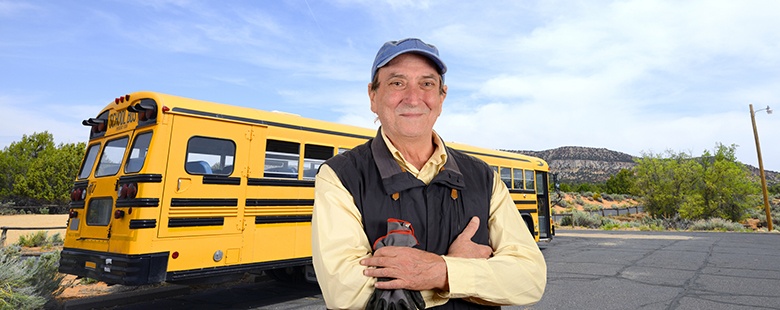
When I was young and serving our church as a reader at Sunday Mass, I once added to the communal prayer (that the pastor had personally prepared) a plea for those who died alone. The first time I inserted it (at the holiday season), he asked, or maybe he barked: “Hey Mannella, what the heck was that? I didn’t write that!” I explained that the thought of someone not having anyone to care about them and to be there with them at that solemn moment haunted me. He paused and then agreed that it would not hurt to include it in the prayer regularly.
The sense of aloneness or loneliness bothered me then and to this day. Perhaps it’s my traditional Italian-American heritage and upbringing where most of our family lived within a mile of one another and everyone knew everyone else’s business. But, for whatever reason, it’s real for me.
So, it’s not surprising that a recent article in the Financial Times entitled “Are We Ready for the Approaching Loneliness Epidemic?” would grab my attention. Authored by Federica Cocco, the piece explores trends in our society that show us moving toward living alone more and spending more time alone than in social settings or groups. Here’s a quote from the article that got my attention in particular:
In developed countries, the share of people who report having friends or relatives they can count on has been steadily dropping over the past 15 years. (Source: Organization for Economic Cooperation and Development)
And the effects of such living styles and loneliness are significant. The studies into these trends and their implications show that people who are lonely manifest higher instances of alcoholism, high blood pressure, insomnia, and weakened immune systems, among other conditions.

In addition, the article cites data showing that people over 65 years of age spend more than 8 hours per day alone with no social interaction. Many school bus drivers are in that age bracket and, while the kids may keep them on their toes for 2-3 hours each day, their lives away from the drivers’ seat may indeed be spent alone.
Not only is this a difficult situation for those individuals personally, but for those of us in the school transportation profession, such conditions could also affect the ability of our drivers, in particular to perform adequately and safely. Alcoholism, high blood pressure, insomnia and aging directly affect the safety-sensitive nature of driving a school bus—as we are all too aware.
So, not only are there personal/human implications but also economic and workplace implications for us to consider. This isn’t just a social work conversation.
So, is there anything we can/should do about this?
First and foremost, it’s important to take time to be aware of this matter in our own lives as well as in our workplaces. It’s important to be aware, to observe our team and to hear them as people.
We can also begin to do things in the workplace, within district and company norms and contractual requirements, to bring folks together and to build that sense of community. Do we have comfortable break rooms or places for drivers to congregate? Do we plan times for our teams to share activities like softball games, bingo nights, cracker barrels, or even bringing in donuts on special mornings?
Do you as a supervisor or manager walk through the drives’ area to talk and share with them? Do you know what’s going on in their lives and families? Do you chat with them about the storm coming the next morning? Or the high school football game that their kids or grandkids played in? Do they think or get the feeling that they matter to you?

In a time when we don’t have a ready supply of school bus drivers, having drivers understand that they are important and that you are concerned for them is a critical factor in job retention. Money is one thing but being cared about and looked after is extremely important to each driver as a human being.
It’s the holiday season, a time when society and several of the major religions celebrate light and giving and sharing and family. What a wonderful time of year to foster those elements in your daily operations! Are there ways you can recognize your drivers and aides and technicians and trainers and dispatchers for the work they do. Can you help them see the ‘gifts’ that they are and to help them see the ‘light’ that they shine on the lives of our children? They are not just employees. They are your team and their lives are intertwined with yours each and every day.
On a more professional angle, be aware of displays of sadness or anger or disorientation in your drivers and staff. Make them all aware of services in the district or the community that could be a help or support to them. This is especially important in this holiday season and the end of the year when rates for violence and suicides and family disruption seem to escalate. Take care of your ‘work family’ and they will continue to take care of you.
May I suggest that at this time of gift-giving, you consider giving your teams the gifts of recognition, appreciation, and community? And may I also offer that you give them a piece of you — your presence and your genuine caring and support. Work hard to not let anyone feel lonely. Work hard to make everyone feel welcome and wanted and needed. Those kinds of gifts don’t need to be wrapped or shipped out via UPS.
It’s what makes the world go ‘round. And at the end of the day, it all goes back to Job #1: keeping our children safe on their yellow school bus.
Peter Mannella (pfman5@gmail.com) is chair of the NAPT Public
Policy Committee.


